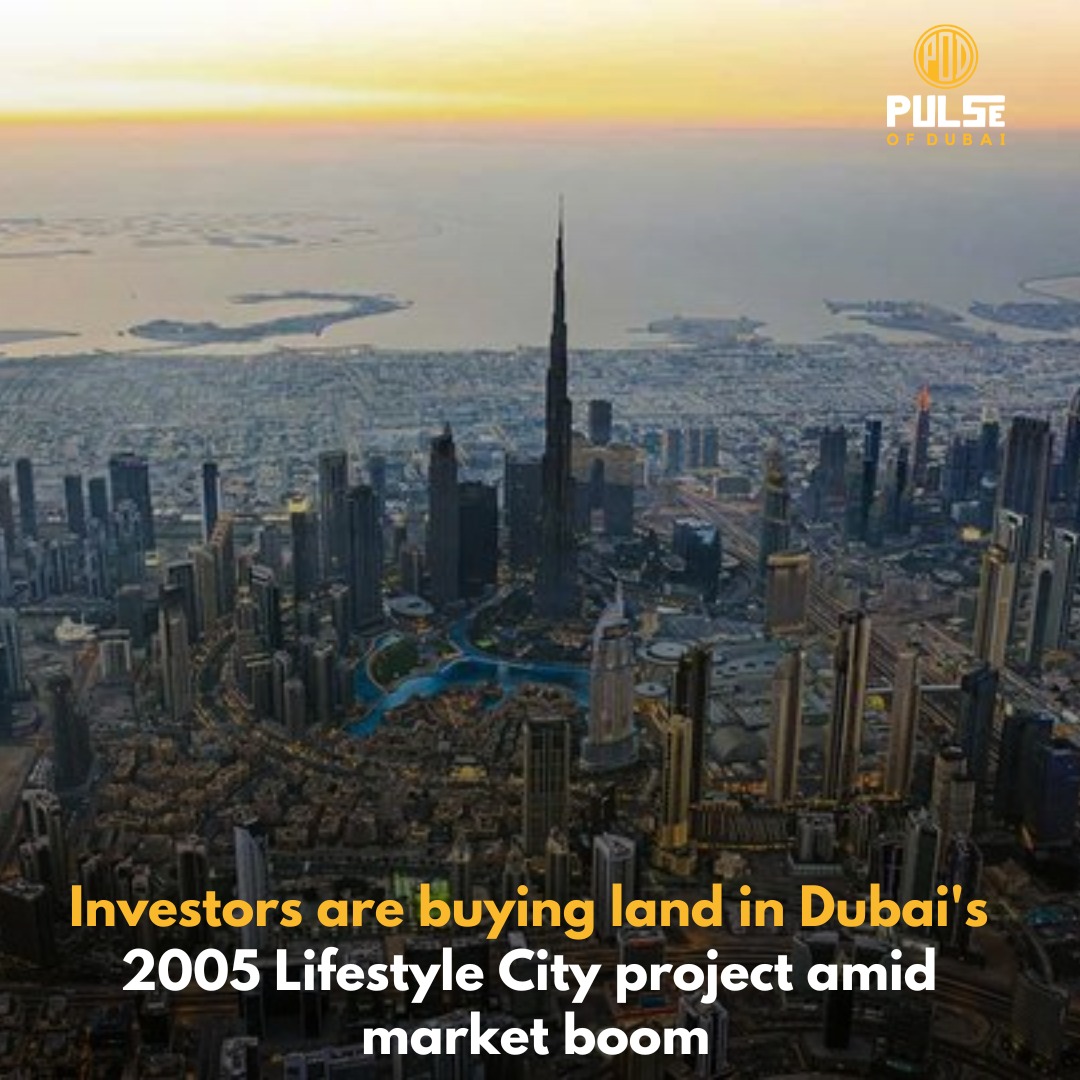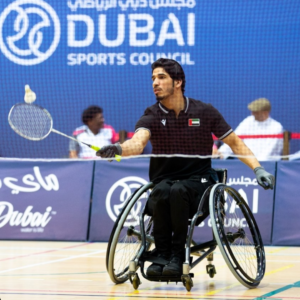Dubai’s property market is experiencing a remarkable boom, drawing in a wave of investors eager to capitalize on the rising demand and appreciating values. Among the various investment opportunities available, the 2005 Lifestyle City project has emerged as a particularly attractive option. This resurgence in interest is driven by a combination of factors, including Dubai’s economic growth, strategic location, and the unique appeal of the Lifestyle City development.
Firstly, Dubai’s economy has been on an upward trajectory, bolstered by diversification efforts that reduce dependence on oil revenue. The emirate has successfully positioned itself as a global hub for tourism, finance, and real estate, attracting international investors seeking stable and lucrative opportunities. This economic robustness has had a ripple effect on the property market, driving demand for residential, commercial, and mixed-use developments.
The 2005 Lifestyle City project, originally conceived as a luxury residential community, offers a blend of modern amenities and sustainable living, appealing to contemporary buyers. The project was designed to provide an integrated living experience, featuring state-of-the-art facilities such as sports academies, wellness centers, retail outlets, and green spaces. These features align well with current lifestyle trends that prioritize health, well-being, and convenience.
Investors are particularly drawn to the Lifestyle City project due to its strategic location. Situated within easy reach of major business districts, transport hubs, and recreational areas, the development promises high connectivity and accessibility. This strategic positioning enhances its attractiveness to both residents and investors, ensuring strong rental yields and potential for capital appreciation.
Moreover, Dubai’s favorable regulatory environment and investor-friendly policies further enhance the appeal of investing in the Lifestyle City project. The government has implemented measures to streamline property transactions, protect investor rights, and encourage foreign investment. These initiatives, coupled with the absence of property taxes and the availability of long-term visas for property owners, create a conducive environment for real estate investment.
In conclusion, the boom in Dubai’s property market has sparked renewed interest in the 2005 Lifestyle City project. Investors are drawn by the emirate’s robust economic growth, strategic location, and the project’s modern amenities and sustainable living features. Supported by favorable regulatory conditions, the Lifestyle City project stands out as a prime investment opportunity, promising substantial returns in a thriving market.









